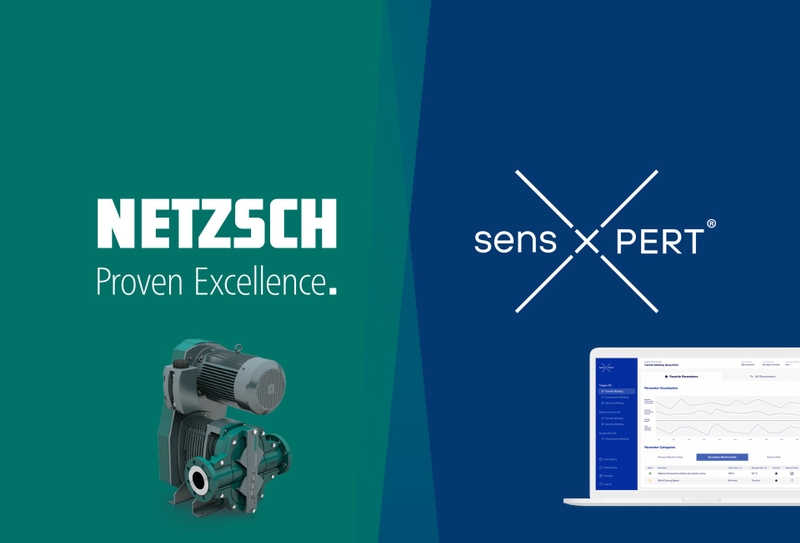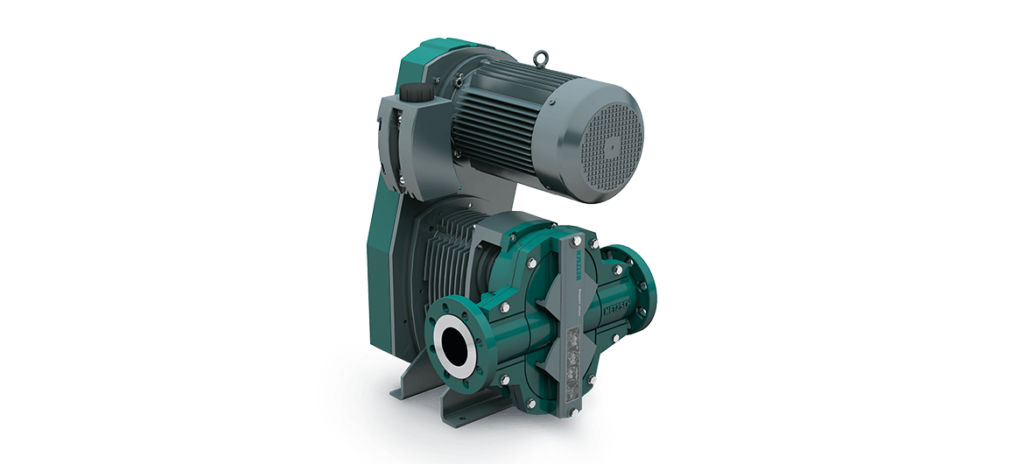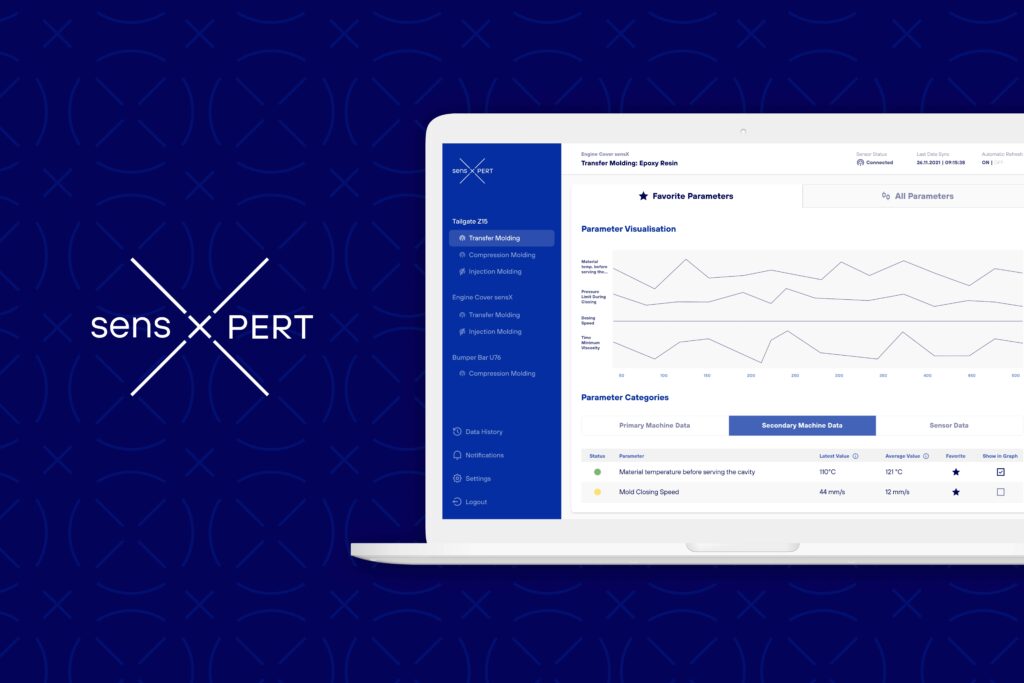Moving Quality Control into the Production Process of Elastomer Parts

Our society depends on elastomers. From sport and leisure activities to health care, transportation and material handling, elastomers or rubber can be found in almost all of our everyday products. Due to their high resistance to heat, oils, acids and mechanical stress, rubber materials like NBR and EPDM are used to produce tires, sealing rings, tubing and a wide variety of other products.
Introducing our partner and its core business
Our affiliated company, NETZSCH Pumps & Systems, is the leading supplier of positive displacement pumps and boasts more than six decades of experience in the field. Designed specifically for difficult pumping situations, NETZSCH pumps range in size from the industry’s smallest metering pumps to high volume pumps for applications in the oil and gas or mining industries.

Alongside the supply of state-of-the-art pump solutions, the company’s core expertise is the in-house research & development as well as the production of elastomers. The raw material is used in stators, rotary lobes and housing inserts. NETZSCH also develops and manufactures rotors in various geometries, made of various metallic and ceramic materials for optimum performance and service life.
The challenge: Insufficient information about material properties during processing
During the production of rubber parts, the raw material is heated and remains in the heated mold until the molecules sufficiently crosslink and form an irreversible bond. This crosslinking reaction or vulcanization is responsible for the final properties and thus quality of the product. Insufficient crosslinking leads to low-quality parts. It is characteristic for all elastomers to show a weak crosslinking reaction. Paired with a high filler content of carbon black, material characterization using a common thermal analysis technique is tricky and does not produce sufficient results to fully understand common material deviations in different batches, which is important to adapt the production process and reduce scrap.
This is the challenge NETZSCH Pumps & Systems faces. Currently, the company controls the quality of the incoming raw material and has pre-defined process parameters for all types of used raw materials. For the incoming material control, the company uses a rheometer and measures mechanical properties of the incoming elastomers.
While this approach is common practice in many polymer industries, variations in the process and the processed material are still not fully understood. As a result, parts of low quality are only detected in a downstream quality control step after the production.
The solution: Data-driven and real-time process optimization
sensXPERT® supplied its solution to optimize the production process of elastomer parts using real-time data from material, machine and process. A special sensor designed for polymers with electrically conductive and water-containing components is used for monitoring elastomer vulcanization in real-time.
Measuring the crucial material properties during the production process of elastomer parts allows for a data-driven process optimization. This way, quality control moves into the production process and immediate qualitative results are generated from the effective use of production data. All data is visualized in customizable dashboard, giving an overview of all production processes equipped with sensXPERT®.
sensXPERT® is the first solution that allows real-time monitoring of rubber vulcanization during the production process. NETZSCH Pumps & Systems are the first industrial partner to use this technology before the commercial launch in 2022.

“During the curing time, the machine is closed and no one knows what happens inside on a molecular level. Thus, the process is like a black box. Typically, a fixed heating time is set for a part to get the demanded degree of cure, which should give the part its optimal mechanical properties. However, there are different influences on the material, like variety in batches, mold temperatures and environment. To cope with these influences, the heating time is preventively extended. This is the so- called fear factor.
With help from sensXPERT®, we can now see what happens inside the material when the mold is closed. The solution measures the degree of cure, predicts the process through the collected data and stops heating at the exact point, when the optimal mechanical properties are reached. Thus, sensXPERT® empowers us to produce complex parts at highest quality and save machine time leading to lower production costs and higher output. That’s why we are very excited to be a one of the first partners in this area.”
Frank Götz, Process Engineer at NETZSCH Pumps & Systems
“We expect the new technology to increase efficiency by significantly reducing cycle times. We are very pleased to be able to support our corporate venture sensXPERT® through this collaboration and to generate added value for ourselves. This AI-based technology perfectly supports our aspiration to further automate and digitize our value chain.”
Jens Heidkötter, Managing Director at NETZSCH Pumps & Systems